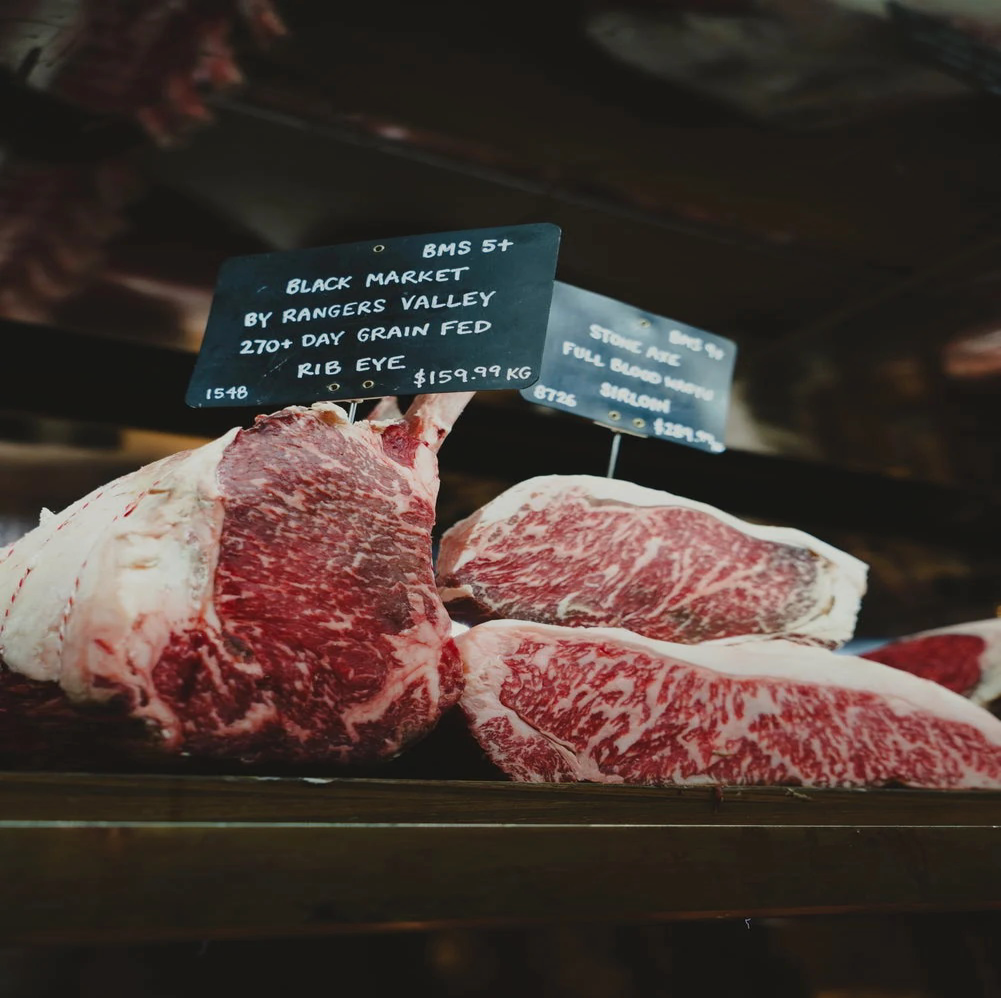Legal Gambling Age Zurich
August 22, 2022Summer News from the Cattle Industry
At High Choice Feeders, we like to stay on top of what’s happening not just in the cattle finishing business, but in all the ancillary businesses connected with the work we do. There have been a few interesting developments that have caught our interest recently.
There’s an interesting development from researchers at Kansas State University. KSU has launched a program to support local meat processors. The Cattle Site reports that demand for locally-raised meat has risen considerably in the last few years. This is due to many reasons, but a big one has been the effects on business from the COVID-19 pandemic. “Kansas has seen an increasing demand for local, direct-to-consumer meat processing businesses,” says Dustin Pendell, an agricultural economist with K-State Research and Extension.
In Beef Magazine, Rachel Mui, an assistant professor of management in Kansas State’s College of Business Administration, says, “As a university, we have a charge to promote economic growth and prosperity, and as more and more people consider small business ownership — especially in the meat processing arena — we have a unique opportunity to make a lasting impact.”

It’s too early to know for sure where these trends will go, but it’s definitely possible efforts like this one from Kansas State could be replicated throughout the country.
Another development doesn’t affect us here in the Midwest, but it is interesting to the industry as a whole. The cattle industry may not be known for high tech gear in the same way as Silicon Valley, but the truth is we use a lot of technology in this industry, some of it is old school, some of its high tech. One new tech development that may be coming soon is new electronic fencing technology. Beef Magazine reports that researchers at the University of Idaho and Washington State University have begun a four-year field project to rest the safety and logistics of virtual fences to manage cattle, sheep, and other grazing livestock, with a small ecological footprint.
This would be particularly advantageous to ranchers and farmers in more mountainous states but is something we’ll keep our eyes on in Kansas as well. There are commercial virtual fence systems that rely on a combination of GPS technology and delivering electric shocks to a cow’s neck when an animal gets too close to a virtual barrier. These systems can be quite expensive, particularly when used in a subscription format, with expensive signal towers on the ground. Beef Magazine explains, “The new virtual fence system being designed by U of I and WSU researchers uses proximity sensing technology that functions in mountainous terrain and shocks the ear, rather than the neck. Both changes can make the system cheaper, less energy demanding and more durable.”
Even when an industry development doesn’t directly affect High Choice Feeders, it affects the industry, and ultimately affects the American beef consumer. We want to stay informed and keep you informed.
